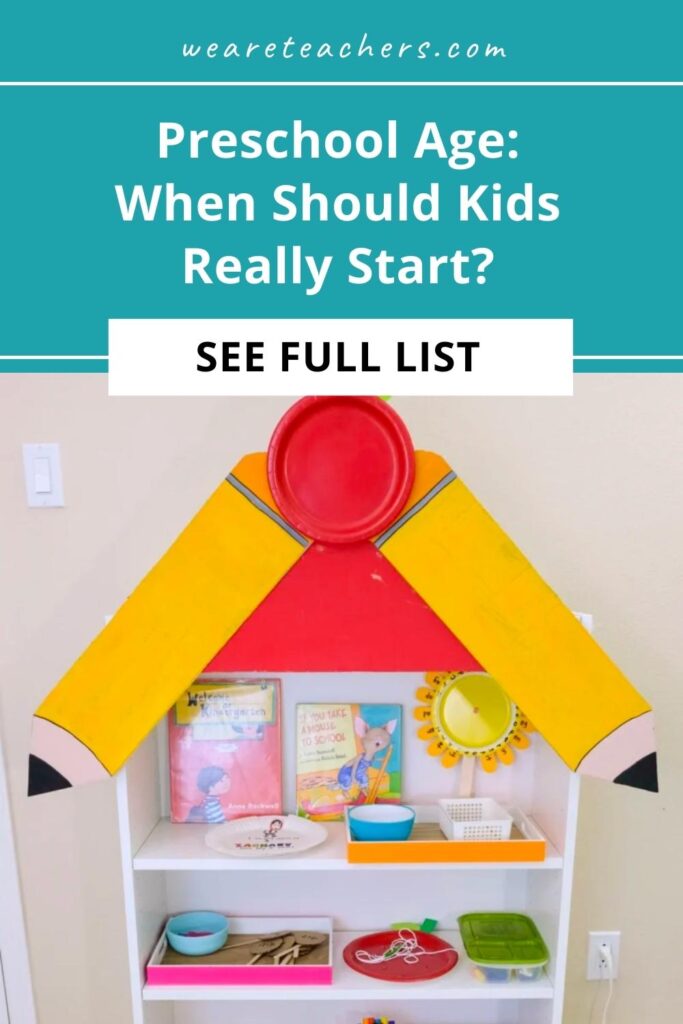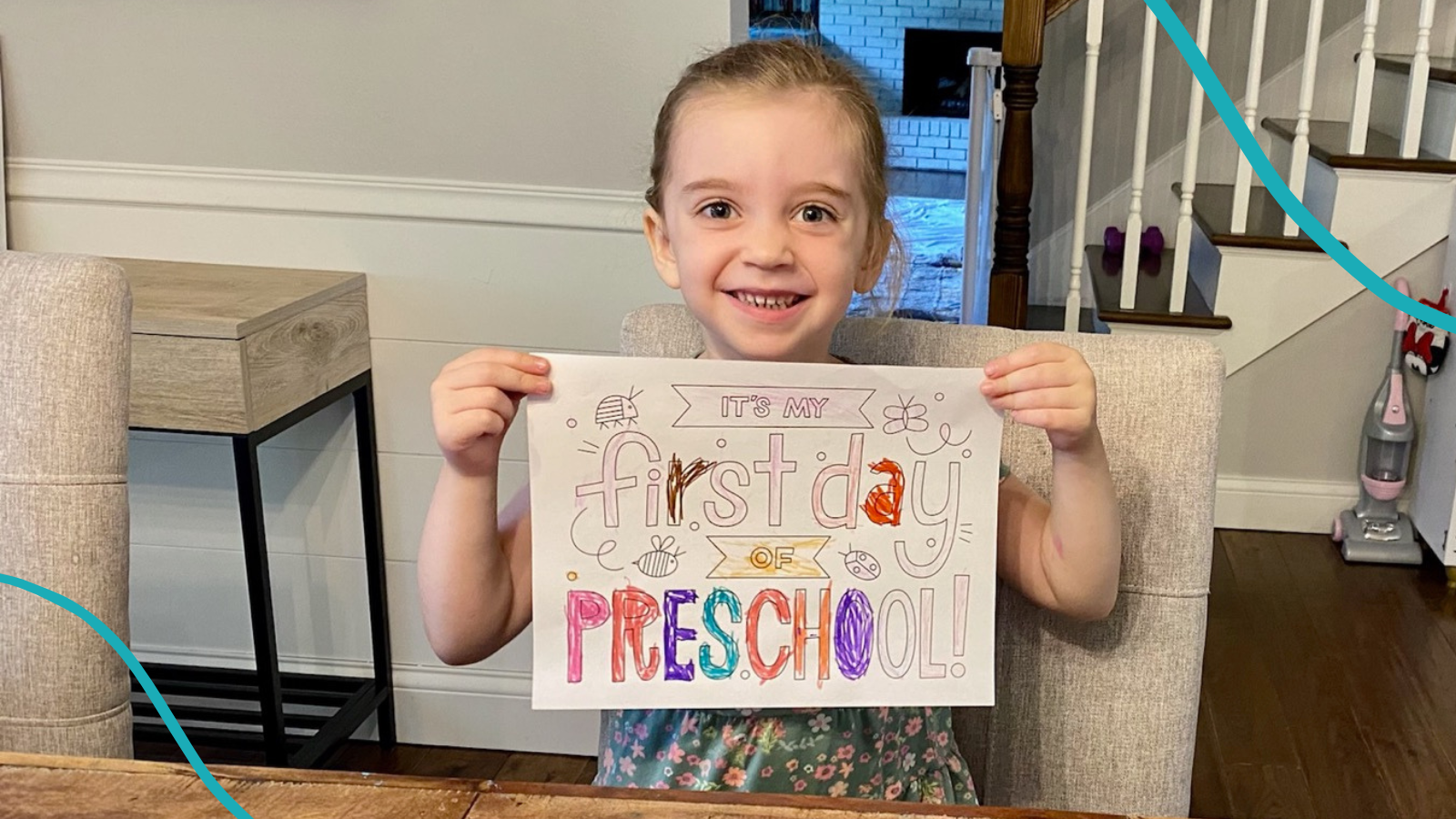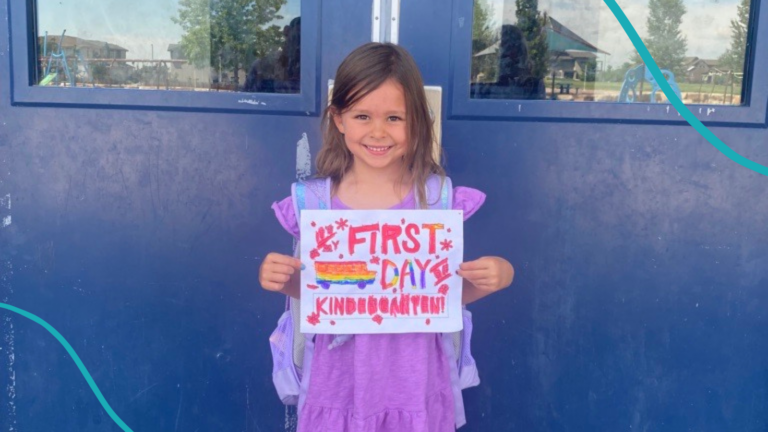For many kids, preschool is their first introduction to school. They’re soaking everything in, learning from each activity and interaction they have with teachers and peers. And they’re figuring out what “school” is and what it means to them. So, at what age should kids start preschool?
Exactly when children start preschool is not a straightforward question. Whether they start at age 3 or 5 depends on many factors, including the programs available and the child’s readiness. Here’s our guide to understanding the age children typically start preschool and how to know if your child is ready.
At what age do kids go to preschool?
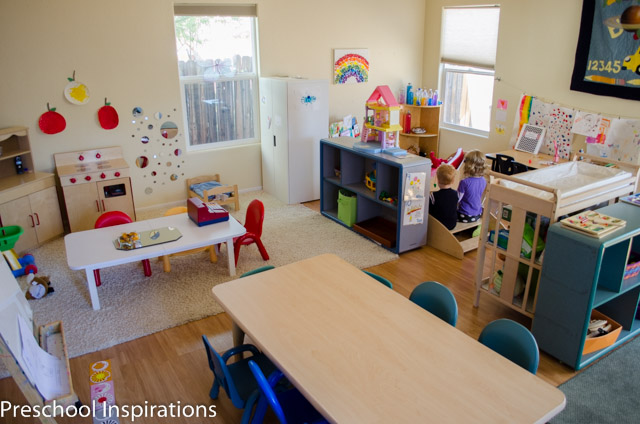
That’s a tricky question. Kids go to kindergarten and elementary school anywhere between ages 5 and 8 in the United States. (See when kids start school around the world in this full list of mandatory school ages.)
For preschool, which by definition happens before school age, children typically start between 3 and 5 years of age. Some preschools enroll children at 3 years old, others will take them at age 4. The average age to start preschool is 3 or 4. It’s also important to note that, since preschool isn’t mandatory, some kids will not attend preschool at all.
What are the benefits of preschool?
The majority (90%) of a child’s brain is developed by age 5. Kids’ brain development depends on getting lots of input and interaction, so it’s important to expose young children to an environment that is enriching and engaging.
Children will learn some academics in preschool, but the most significant benefits come from having structure, engaging with others, and learning how to work with a group.
The benefits of preschool include:
Social Skills
In preschool, where children engage with other kids all day long, they learn how to share, cooperate, regulate their emotions, and work with others. There aren’t lessons in how to get along, but kids get lots of practice working with others, and teachers do lots of coaching children through social situations.
Independence
Being in a classroom, children learn to manage their daily tasks, from unpacking their backpacks to going to the bathroom on their own and getting their materials for each task. Some school philosophies, like Montessori, emphasize independence and letting kids have agency over their daily work.
Physical Activity
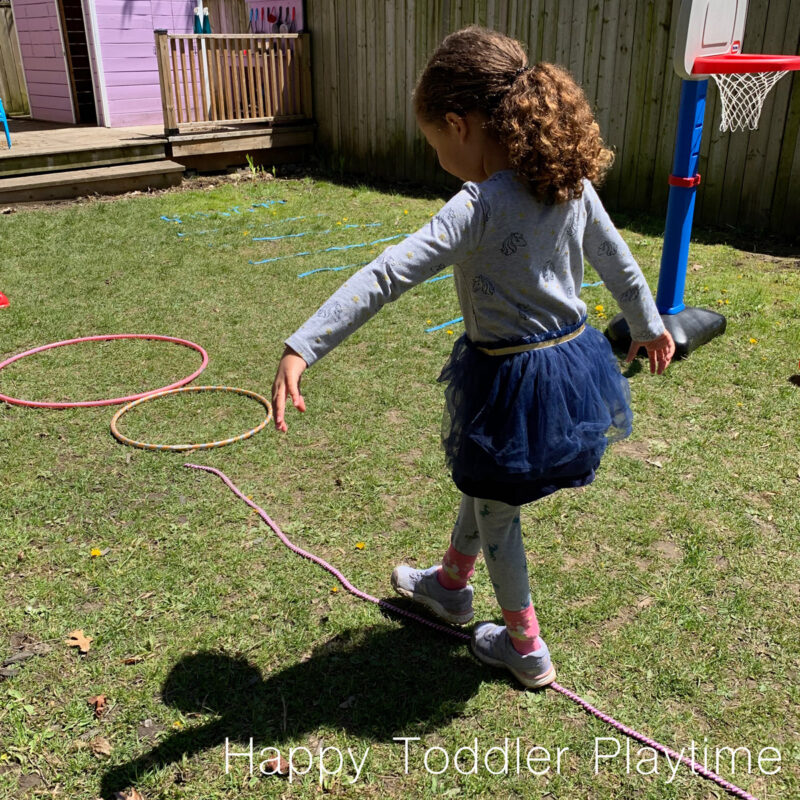
Preschool will have lots of opportunities for physical activity—on the playground, in gross motor skill areas, and in classes like physical education. Physical activity helps kids learn how to play cooperatively and is good for their development.
Kindergarten Readiness
Children who attend preschool have better pre-reading skills when they start kindergarten. They also tend to have larger vocabularies and pre-math skills. This isn’t because preschool teachers are teaching reading and math—it’s due to the activities and engagement that kids experience in preschool.
Self-Esteem
Engaging with peers and adults and trying new things all help kids develop their self-esteem and self-confidence.
Diversity
Preschools will also expose kids to children from different backgrounds. This, again, encourages children to engage with others, building social skills and self-esteem.
What are the different types of preschools?
Some schools are general preschools that focus on basic academics, play, and social skills, while others have a specific philosophy and approach. Preschools may have a curriculum that they follow and build the school around. Some schools are co-ops where parents have a very active role, while others are run more like traditional schools. Your choices will depend on what’s available in your area and whether you’d like a more academic or discovery approach.
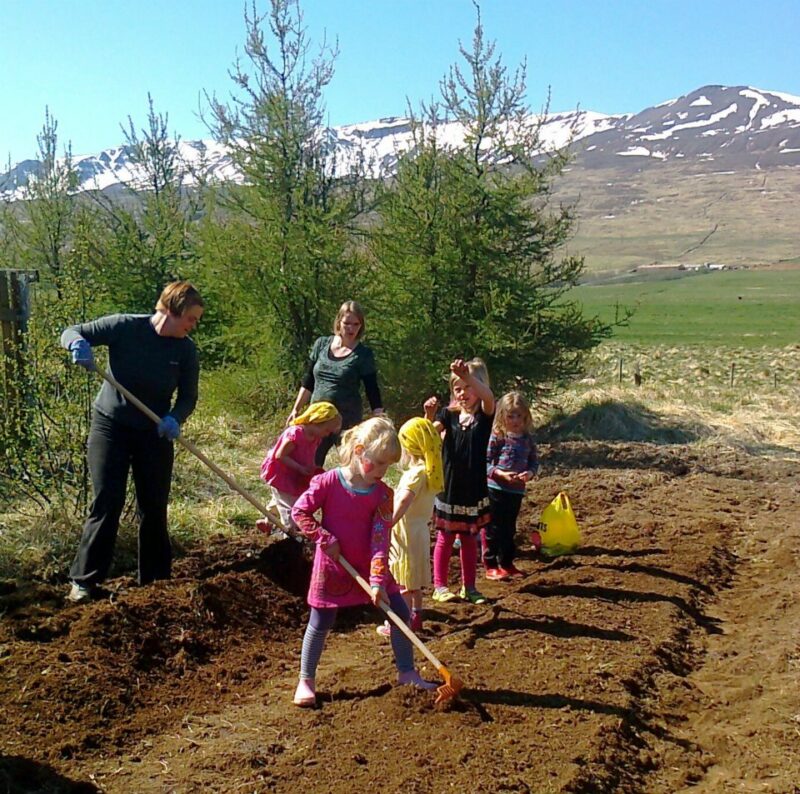
Some common approaches to preschool are:
Montessori
The Montessori curriculum was founded by educator Maria Montessori and emphasizes hands-on learning and independence with guidance from teachers. Students work in a classroom that is seen as a third teacher, and they are expected to engage in lessons they are invited to and complete work they choose. There is a progression of skills that students move through in line with Montessori’s philosophy.
Read more: What Is Montessori?
Waldorf
In the Waldorf approach, teachers aim to create an internal enthusiasm for learning and develop children’s innate skills. Waldorf classrooms are entirely play-based with some general structure around the day, but the majority of the time is spent in free play. Students also engage in practical activities like cooking and gardening
Reggio Emilia
This approach is open-ended and child-led. Children are encouraged to explore and express themselves through art, music, and other projects. The idea is that children can create their own learning. A teacher may set up an experience for a group of students that becomes a topic that students follow for weeks or months. (There are no official Reggio Emilia schools outside of Italy, but U.S. schools may use Reggio Emilia techniques or approaches.)
Read more: What Is the Reggio Emilia Approach to Education?
HighScope
The HighScope curriculum uses participatory learning. Children have hands-on experiences focusing on conflict-resolution and problem-solving. This approach is more academic, with planned experiences and structures for learning. HighScope has a curriculum that is focused on school readiness and centers around adult-child interactions, the daily routine, learning environment, and assessment.
Learn more: HighScope
Play-Based
There are play-based approaches like Waldorf, and preschools that have a play-based approach outside of Waldorf. In a play-based preschool, children will follow a daily schedule and structure (arrival, dismissal, lunch), but their days will be centered around play. Classrooms may have centers for different types of play, and they may have various classrooms and environments for children to explore, like an outdoor classroom. The idea is that children learn best through play and adults should only step in to support when necessary.
The Creative Curriculum
The Creative Curriculum is a preschool curriculum that focuses on project-based learning for preschoolers. Teachers use materials and the curriculum to scaffold learning opportunities for students, and encourage kids to engage inquiry. There is also a focus on literacy, math, and social-emotional skills.
Learn more: The Creative Curriculum
How To Choose a Preschool
When choosing a preschool, there’s no right or wrong answer, it’s what’s right for your family. Some things to consider:
- The location of the school
- Your schedule and the school’s schedule
- The school’s philosophy and curriculum
- Your budget and the school’s cost
What do kids do in preschool?
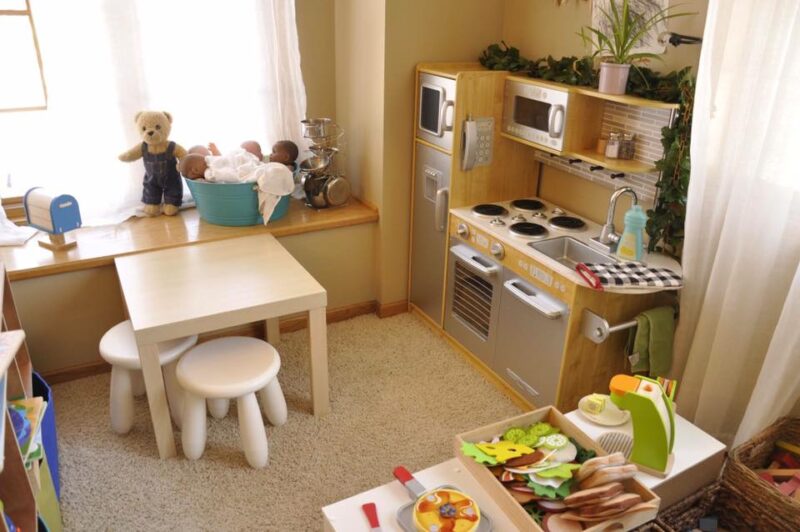
What kids do in preschool will depend on the school’s approach and curriculum. One thing that all preschools will have is play. Kids will play in the dramatic play corner, the little kitchen, with blocks and cars—this helps children learn everything from language and vocabulary to self-control and collaboration.
Other than play, all preschools are focused on foundational skills that students will use long beyond preschool, including:
- New words and vocabulary
- Shapes, colors, and parts of the body
- How to use materials like scissors, paintbrushes, glue, and pencils
- Numbers and amounts
- Letters and words
- Sharing, taking turns, and cooperation
- Social skills and relationship skills
When is a child ready for preschool?
Every child is unique, so it’s important to consider your child’s individual readiness, not necessarily just their age.
- Communication: Can they communicate with other adults? Can they communicate when they have to go to the bathroom or when they need something?
- Self-care: If a preschool has a requirement about potty training, a child may need to be fully potty-trained before enrolling. Also, being able to open their lunch and button or zip their coat will be helpful skills to have in preschool.
- Naps: If your child requires a long nap, they may have a hard time transitioning to preschool where the nap time can be shorter and more structured than they are used to.
- Ability to follow directions: The ability to follow one-step directions will be helpful.
How To Prepare a Child for Preschool
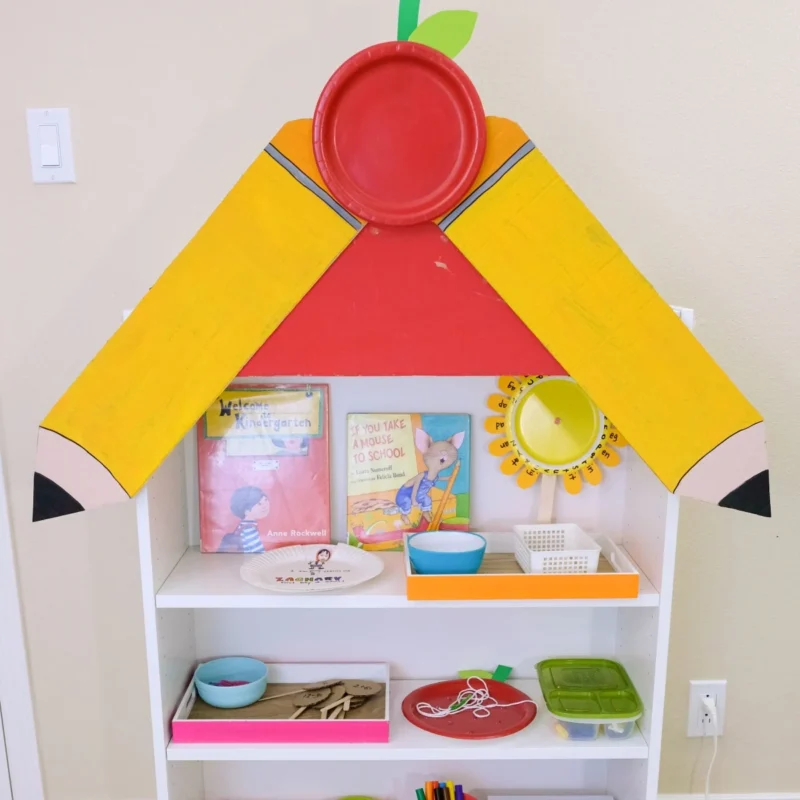
Once you have your preschool and are enrolled, it’s time to prepare. If it’s your child’s first time in school, they may be nervous, so keep the energy positive.
Practice routines
Practicing routines like getting ready in the morning, saying good-bye, taking off your coat, and putting your things away can make your child feel comfortable and confident when the first day comes.
Read books about preschool
Books give your child a glimpse into what they may experience in school. To get you started, here’s a book list to help kids transition to school.
Visit the new school
Visit the school in advance so your child can see the school and get excited about the toys, playground, and space in general. If possible, meet the teacher and school director so there are familiar faces when your child does go to school.
Listen to your child’s concerns
Encourage your child to share their concerns and feelings with you. Know that your child may communicate without words too. They may have more meltdowns in the weeks before school or become clingy.
Get into a school bedtime routine
If your child has had a flexible bedtime, start putting them to bed at “school time” a few weeks before school starts.
Preschool Resources
Here are some of our favorite We Are Teachers resources for preschool:
- Preschool Activities for Fun and Learning
- Simple and Fun Preschool Science Activities
- Best Preschool Toys and Games
- Board and Card Games for Preschoolers
- Fun SEL Activities for Preschool and Kindergarten
- Preschool Math Games
- Pre-Writing Activities for Preschoolers
- Best Preschool Books
Plus, check out online resources for early childhood teachers.
And get all the latest teaching tips and ideas when you sign up for our free newsletters!
